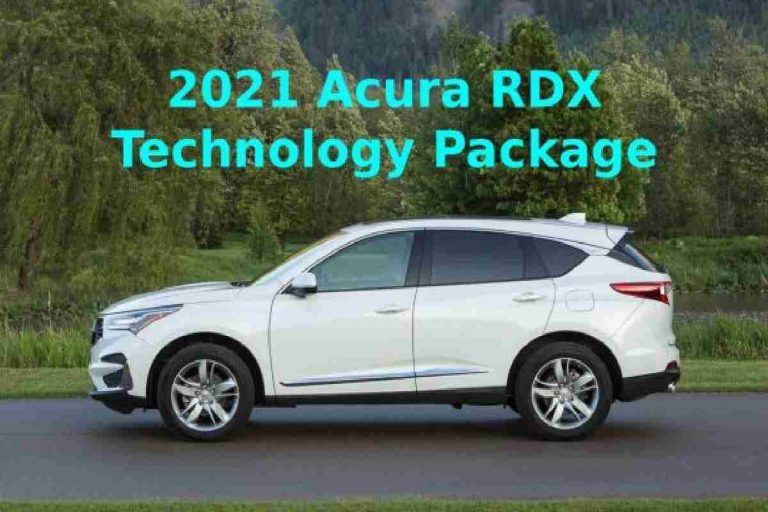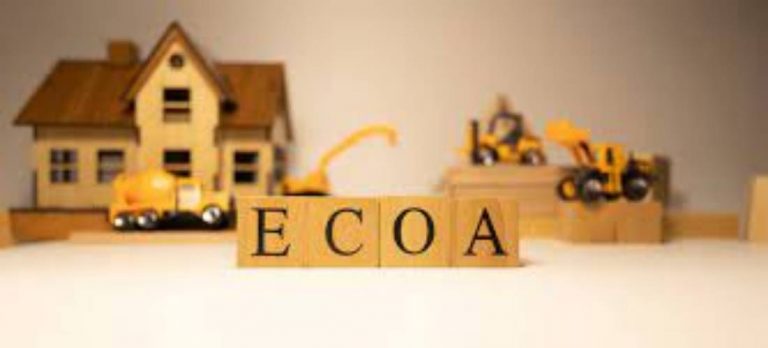Table of Contents
2021 Acura RDX Technology Package – Information
If you’re set on a luxury SUV like the 2021 Acura RDX to bring home on Kyle roads, you can enjoy more seamless connectivity in your next ride with the available RDX Technology Package. The Acura RDX Technology Package comes with a range of upgrades only offered on this one-of-a-kind configuration, making this high-end SUV feel all it is own. Today, learn more about the fantastic features of the 2021 Acura RDX Technology Package at Sterling Acura of Austin!
RDX Technology Package Highlights – 2021 Acura RDX Technology Package

However, like other packages offered in the lineup, the Acura RDX Technology Package comes with standard FWD. And also, you can upgrade your trim with the brand’s own trusted SH-AWD® system. What makes the Acura RDX Technology Package stand apart from the rest on Buda roads is the added features you’ll find that deliver excellent control, navigation, entertainment, and more on the way to your next destination, such as:
- Acura Navigation System with 3D View
- Natural Language Voice Recognition System
- Acura/ELS Studio® Premium Audio System
- 12-speaker system
- Blind Spot Information System
- Rear Cross Traffic Monitor
- Sport Seats with Perforated Milano Premium Leather-Trimmed Interior
- Contrast Stitching
- Traffic Rerouting™
- GPS-linked Climate Control
- Front and Rear Parking Sensors
Other Great Features of the RDX Technology Package –
2021 Acura RDX Technology Package

In addition to the standout and exclusive features you’ll have at your fingertips in the Package, it comes with many other reliable cabin features for added capabilities on your Buda travels. Moreover, some of the other exceptional interior controls and safety features you’ll have at the wheel of the Acura RDX Technology Package include:
- Multi-View Rear Camera with Dynamic Guidelines
- True Touchpad Interface™
- 2-Inch HD Dual-Content Center Display
- 7-Inch Color Multi-Information Display
- WiFi Hotspot Capability
- AcuraLink® Connected Services
- Available Adaptive Damper System
- Dual Pinion, Variable Ratio Electric Power Steering
Find the Acura RDX Technology Package at Sterling Acura of Austin – 2021 Acura RDX Technology Package
As you can see, the Package takes your connectivity and convenience on San Marcos roads to the next level in a one-of-a-kind package. And also, bring home a new Acura RDX for sale From Sterling Acura of Austin and save even more on your favorite luxury package when you shop our new vehicle specials or national offers and incentives. And also, would you please communicate with our sales team, who can answer your questions or apply for financing online at home to get started? However, contact us today for more details on the RDX Technology Package and to set up a test drive at our dealership in Austin!
Acura Luxury Lease
If you’re trying to agree between buying vs. leasing, you’ll want to know about the benefits of the Acura Luxury Lease™ program.
Features and Benefits:
- Acura Loyalty Advantage1:
- Mileage Forgiveness™: Option to have up to 7,500 excess miles waived-plus an extra 1,000 miles added to the new base-mileage amount-with the signing of a new Acura Luxury Lease.
- – Momentum Miles™: Option to have up to 15,000 unused miles rolled over to the next Acura Luxury Lease.
- Low up-front costs.
- No disposition fee. It is a typical fee usually due at lease-end that you won’t have to pay.
- $1,500 extreme Wear and use Waiver included. AFS will waive excessive wear and use charges caused by one or more single events. However, each of which totals less than $500 to repair, up to a maximum of $1,500.
- Low-mileage option.
Also Read: The Influence Of Social Networks In Everyday Life














